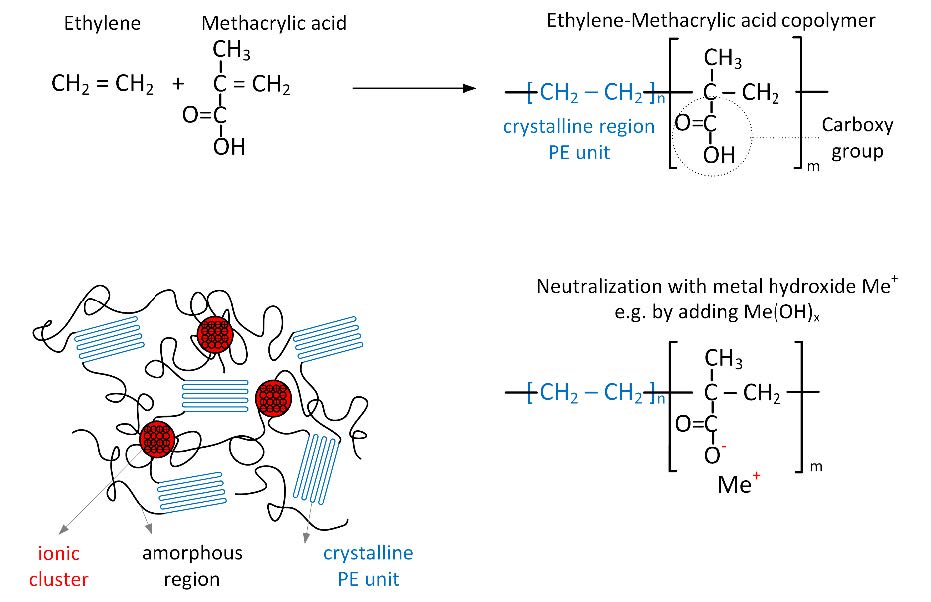Determination of the Linear Viscoelastic Material Behaviour of Interlayers with Semi-Crystalline Structures

Abstract
The temperature dependent linear viscoelastic material behaviour of the most commonly used interlayer PVB is typically determined by means of Dynamic-Mechanical-Thermal-Analysis (DMTA). By horizontally shifting the isothermal modulus curves, a mastercurve is created at a certain reference temperature, which can then be mathematically approximated with a Prony series. A time-temperature superposition principle can be derived from the shift factors. In contrast to PVB, EVA and ionomer (or ionoplastic) interlayers have semi-crystalline structures that melt when the melting temperature is reached and form again when the sample is cooled below the crystallization temperature. The exact structure and number of crystallites depend e.g. on the cooling rate and the physical age (or thermal prehistory) of the sample. These factors must be taken into account in the experimental determination of the material parameters with DMTA. Using the example of SentryGlas®, this article shows that the stiffness of semi-crystalline interlayers is affected by the crystallinity. Mastercurves from DMTA with different temperature programs are created. The degrees of crystallisation for the different temperature programs are determined with Differential Scanning Calorimetry (DSC). A time-temperature superposition principle, which applies to the purely amorphous material, and a time-crystallinity superposition principle are derived, which enable the determination of the material parameters for different temperatures and degrees of crystallization.
Published
Issue
Section
Laminated Glass & Interlayer Properties
License
Copyright (c) 2022 Miriam Schuster

This work is licensed under a Creative Commons Attribution 4.0 International License.



